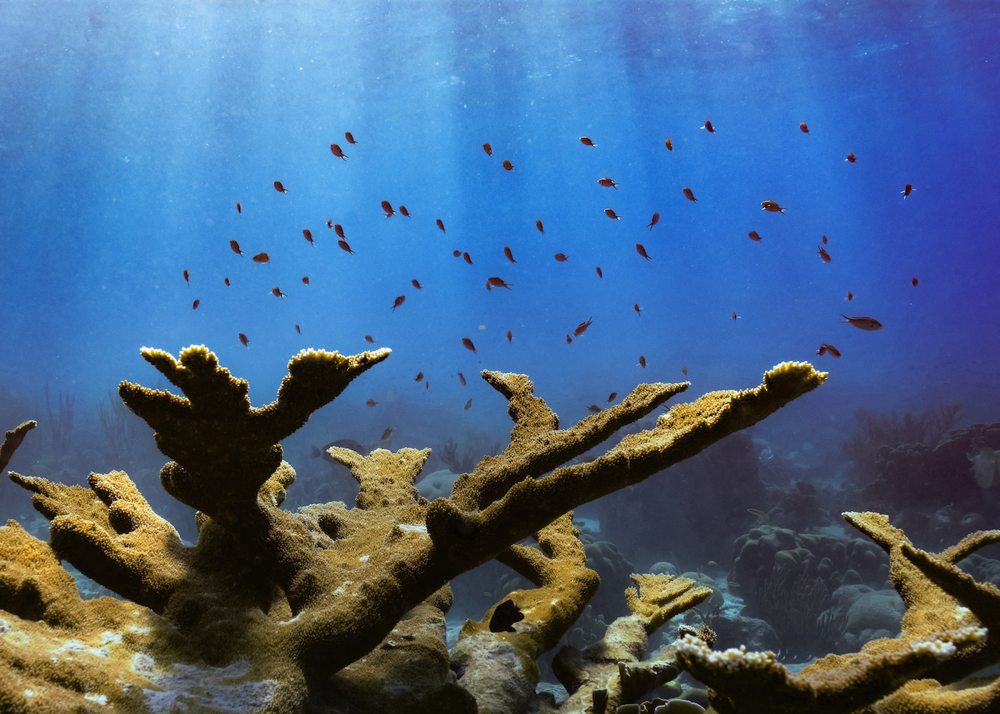Reef Continuity - The formation of diversity across biological scale
Scrutinizing the drivers of coral reef community diversification
Understanding the formation of biological diversity through processes such as drift, mutation, selection, and speciation is critical in the current environmental crisis. It allows us to better mitigate against our own detrimental impacts on biological systems and predict how they might respond to future climate change.
Biodiversity is often categorised into different aspects for ease of study, and investigated at different time, spatial, and organisational scales. For example, deep and shallow time are often split between evolutionary and ecological studies – contemporary biodiversity patterns are often measured at the species or genetic level, rarely both. In truth, all these aspects are known to comprise one unified system and some dynamics caught between arbitrary delimitations remain understudied. Larger units of biodiversity are comprised of smaller units of biodiversity, e.g. species are comprised of populations and populations are comprised of individuals.
We try to capture these processes across the population and species levels in both shallow and deep time at a global scale using tropical reef fish as a study system. We implement a mechanistic modelling approach to explore putative drivers of population and species diversification under different environmental and biological scenarios. Model outputs are then compared to patterns of diversity observed in population genetics and species observation datasets.
This hybrid approach allows us to explore how the same seascape-based processes, such as genetic drift, mutation, and speciation drive differential diversity patterns across the population and species levels of biological organisation in an inherently interconnected framework.
